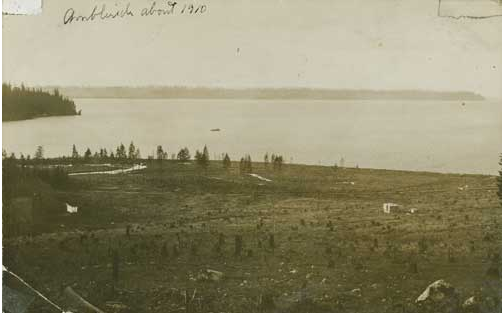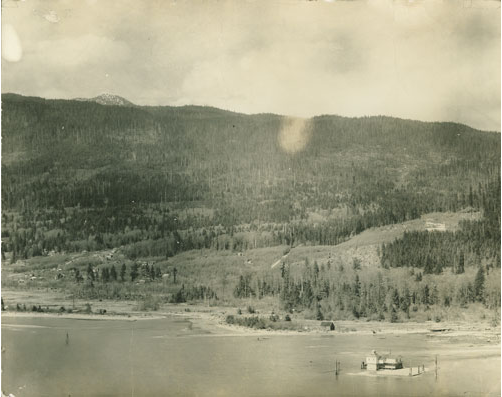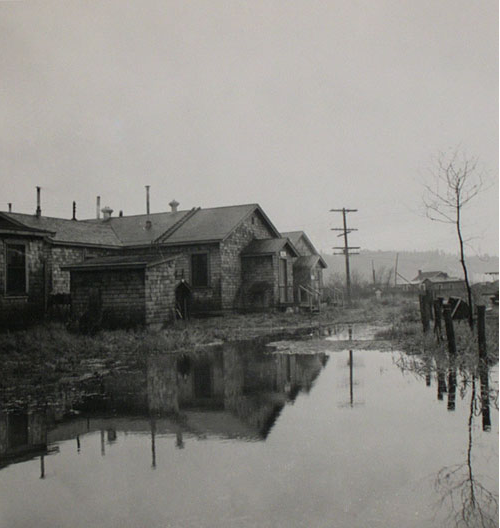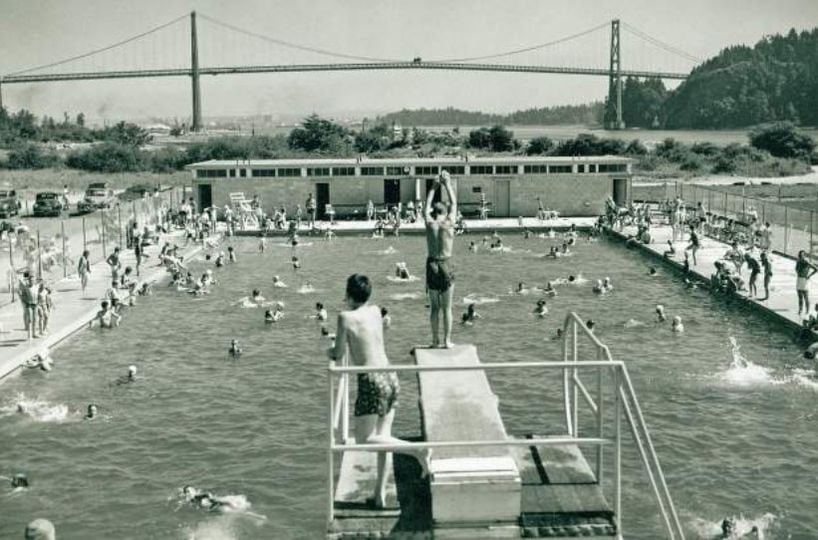If you live on the North Shore, chances are that you spend at least some of your summer at West Vancouver’s Ambleside. Did you know that you are sitting on reclaimed land? Prior to 1965, much of this land was a swamp.
In 1914, Ambleside was subdivided into 17 lots and filled with makeshift homes and a few businesses. Because much of the area was often under water, many of the structures, including Overington’s barber shop, were raised on stilts, and most comprised little more than a floor, some wooden sides and a canvas top.

A Slough:
In those days, a large slough cut through Ambleside and ran between Capilano River and 14th Street, and boats moored on the north side of Marine Drive. In the winter, residents skated on the frozen slough, in the summer they fished for cod, and shot pigeons and ducks on the surrounding marsh.

Just across from the sports field at Ambleside Park is a building that houses the Ambleside Youth Centre*. Before that it was home to the West Vancouver Rod and Gun Club, and before that it was one of 18 huts built by the Department of National Defence with four-gun emplacements and anti-aircraft guns to defend the harbour entrance below the Lions Gate Bridge during World War 11.
War Vets:
After the war, the huts were converted into housing for war vets and their families. Officially, the housing development was named the Ambleside Park Village; unofficially locals called it “Diaper Lane.” The huts were built on low land that flooded several times a year, and at those times, food and supplies were brought in by rowboat.

The playing fields and pitch-and-putt are built on sawdust, bark and wood waste from a North Vancouver sawmill. The duck lagoon was created by dredging part of the slough, while Ambleside beach is a product of 85,000 cubic metres of sand and gravel hauled from the sandbanks west of Navvy Jack Point.
Swimming Pool:
The Ambleside Swimming Pool opened on July 9, 1954. After several money losing years, the heated pool was closed in 1976 and filled in the following year.

- The building was demolished in March 2019
Related:
© All rights reserved. Unless otherwise indicated, all blog content copyright Eve Lazarus.


